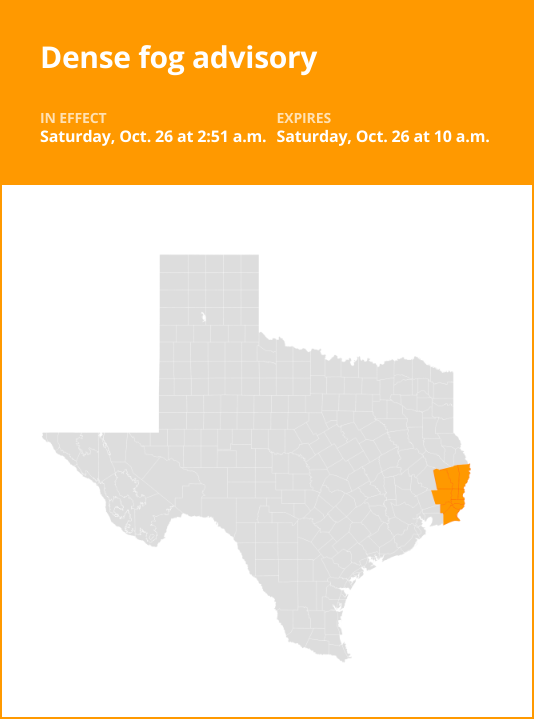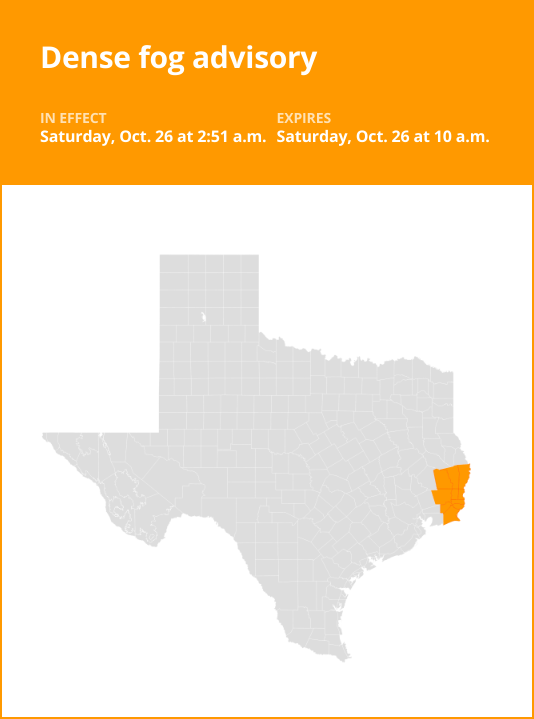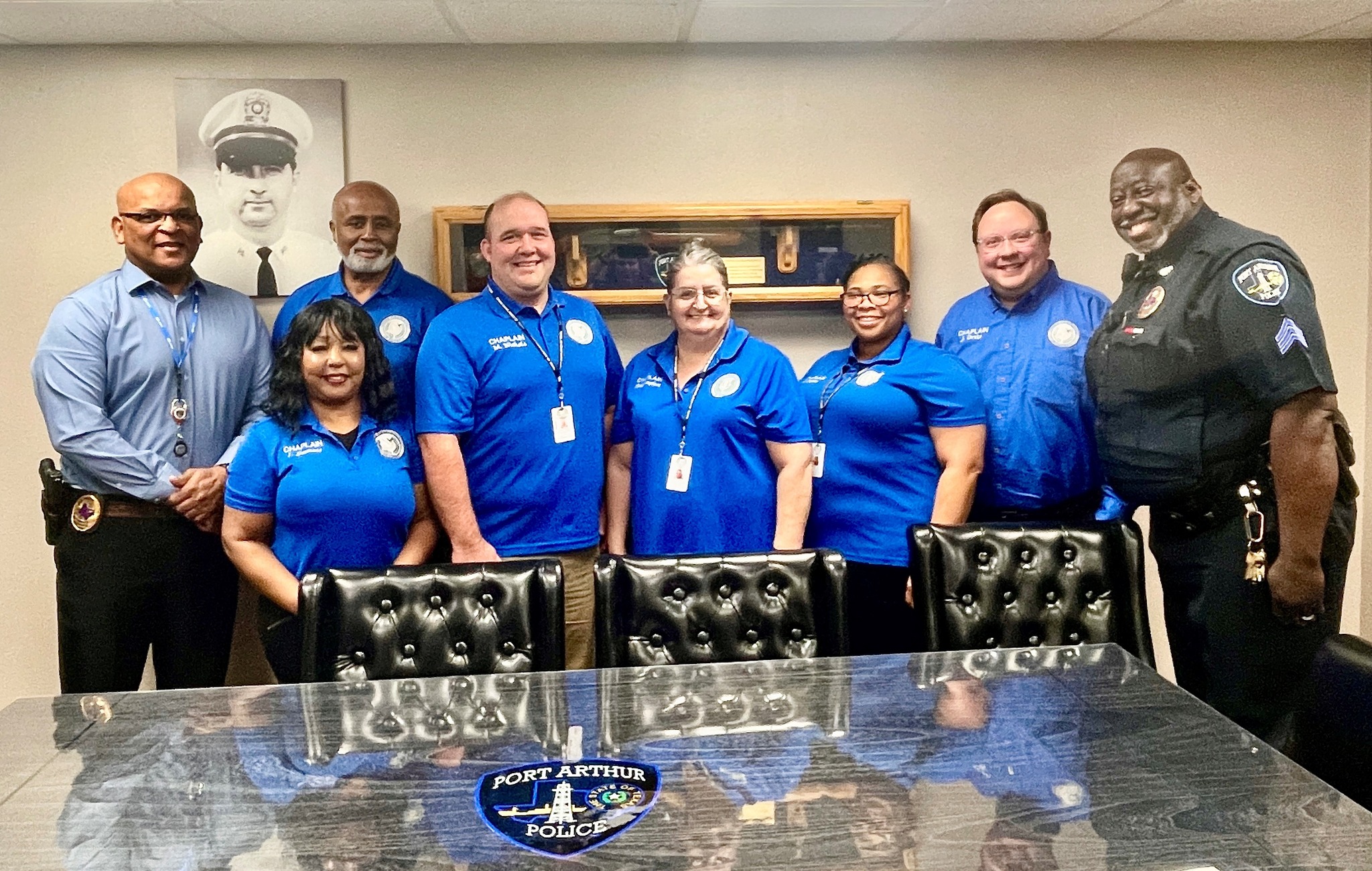Dense fog advisory for Southeast Texas until Saturday morning
Published 2:54 am Saturday, October 26, 2024
On Saturday at 2:51 a.m. the National Weather Service issued a dense fog advisory in effect until 10 a.m. The advisory is for Upper St. Martin, Lower St. Martin, West Cameron, East Cameron, Northern Calcasieu, Northern Jefferson Davis, Northern Acadia, Upper Vermilion, Upper Iberia, Upper St. Mary, Southern Calcasieu, Southern Jefferson Davis, Southern Acadia, Lower Vermilion, Lower Iberia, Lower St. Mary, Northern Jasper, Northern Newton, Southern Jasper and Southern Newton as well as Vernon, Rapides, Avoyelles, Beauregard, Allen, Evangeline, St. Landry, Lafayette, Tyler, Hardin, Jefferson and Orange counties.
The NWS says, “Visibility one quarter mile or less in dense fog.”
“Low visibility could make driving conditions hazardous,” describes the NWS. “If driving, slow down, use your headlights, and leave plenty of distance ahead of you.”

Guidance from the NWS for navigating foggy conditions
Trending
If a dense fog advisory is issued for your area, it means that widespread dense fog has developed and visibility often drops to just a quarter-mile or less. These conditions can make driving challenging, so exercise extreme caution on the road, and if possible, consider delaying your trip.
If driving through fog becomes inevitable, remember these safety guidelines:
Reduce speed:
Slow down and allow extra travel time to reach your destination safely.
Visibility priority:
Ensure your vehicle is visible to others by using low-beam headlights, which also activate your taillights. If you have fog lights, use them.
Trending
Avoid high-beams:
Refrain from using high-beam headlights, as they create glare that impairs your visibility on the road.
Maintain safe gaps:
Keep a considerable following distance to account for sudden stops or shifts in traffic patterns.
Stay in your lane:
To ensure you are staying in the correct lane, use the road’s lane markings as a guide.
Visibility near zero:
In situations of near-zero visibility due to dense fog, activate your hazard lights and seek a secure location, such as a nearby business’s parking lot, to pull over and come to a stop.
Limited parking options:
If there is no parking lot or driveway to pull into, pull your vehicle off to the side of the road as far as possible. Once you come to a stop, turn off all lights except your hazard flashing lights, set the emergency brake, and take your foot off of the brake pedal to be sure the tail lights are not illuminated so that other drivers don’t mistakenly run into you.
By adhering to these NWS precautions, you can navigate foggy conditions more safely, reducing the likelihood of accidents and ensuring your personal safety.
Source: The National Weather Service






